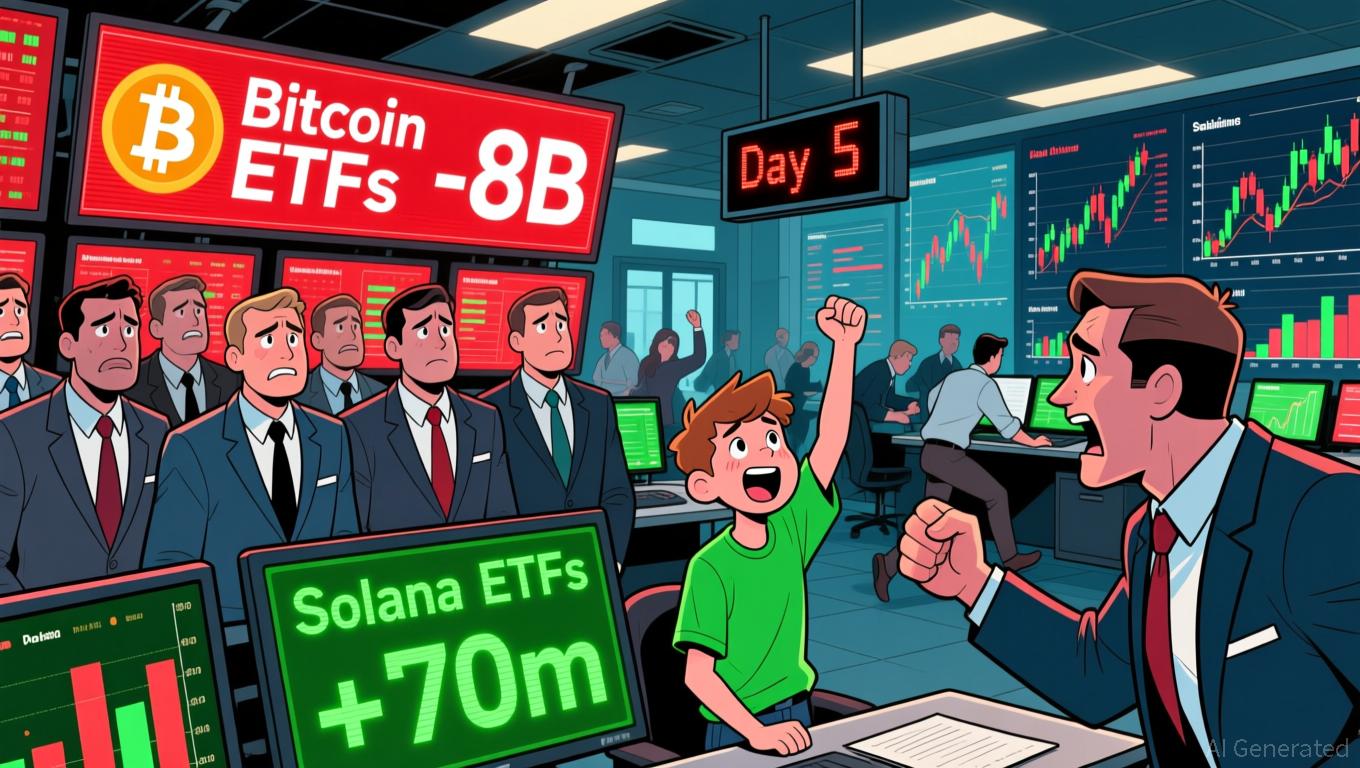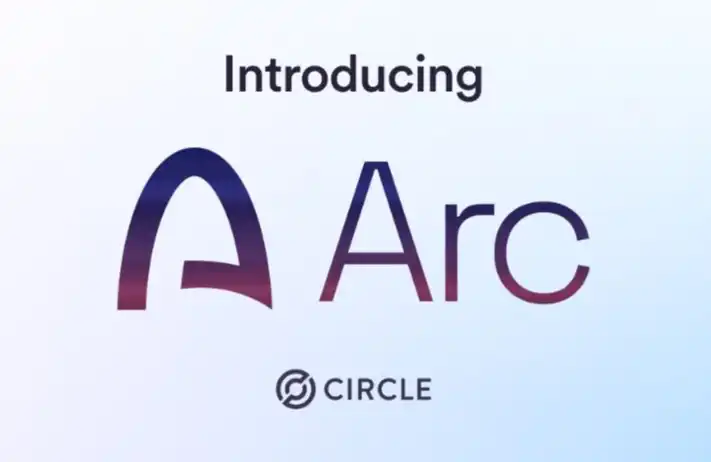Hong Kong's Stablecoin Regulations Balance Innovation and Investor Protection
- Hong Kong mandates stablecoin issuance by SFC-licensed providers to strengthen investor protection and market stability. - Regulators reject DAT structure conversions for listed firms, warning against inflated valuations exceeding crypto holdings' value. - The framework aligns with global trends but contrasts with U.S. permissiveness, balancing innovation against mainland China's stricter crypto controls. - Stablecoin transaction volumes hit $4.65T in late 2025, yet regulators stress education to mitigat
Hong Kong has rolled out a fresh regulatory system for stablecoins, representing a major move in its bid to become a leading global center for digital assets. The new rules, detailed in the "Stablecoin Regulations," stipulate that only "recognized providers"—those holding a Type 1 license from the Hong Kong Securities and Futures Commission (SFC)—are permitted to issue designated stablecoins. This rule is already being enforced, with companies such as New Margin Technology Holdings Limited, a publicly traded firm in Hong Kong, engaging in over-the-counter (OTC) stablecoin transactions like
Authorities have also increased scrutiny of listed firms aiming to implement Digital Asset Treasury (DAT) models, where companies use cash reserves to acquire cryptocurrencies. The Hong Kong Stock Exchange has turned down proposals from at least five businesses seeking to transition into DAT entities, as reported by a

This updated framework is in line with Hong Kong’s wider fintech goals. The Hong Kong Monetary Authority (HKMA) has revealed plans to build a comprehensive digital currency system, aiming to support the coexistence of tokenized deposits, digital Hong Kong dollars, and regulated stablecoins, as outlined in a
Stablecoin market activity has seen strong momentum, with transaction volumes reaching $4.65 trillion in the week ending October 30, 2025, according to Panewslab. This growth is fueled by institutional involvement, such as JPMorgan Chase’s tokenization of private equity funds and Circle’s introduction of the Arc blockchain public testnet. Despite this, regulators remain cautious, stressing the importance of investor education to reduce risks linked to volatile or poorly understood digital assets.
Hong Kong’s regulatory stance stands in contrast to more lenient markets like the United States, where DAT models have become more common. While the SFC recognizes the potential advantages of crypto treasury strategies, it maintains strict oversight for any company wishing to list as a DAT. This approach is influenced by broader geopolitical factors, as Beijing has increased regulation of mainland companies’ digital asset ventures, including suspending stablecoin initiatives at firms like Ant Group and JD.com, as noted by Cryptopolitan. Hong Kong’s regulatory path therefore seeks to encourage innovation while staying aligned with mainland policy expectations.
As Hong Kong finalizes its digital currency strategy, industry participants are watching closely to see how the SFC and HKMA will address existing regulatory gaps. For now, the focus remains on licensed issuers and investor protection, with the SFC cautioning that a lack of clear regulations could create unforeseen risks for market stability, as reported by CoinEdition. The next few months will be crucial in determining whether Hong Kong can attract crypto-focused companies while upholding its reputation as a well-regulated financial hub.
Disclaimer: The content of this article solely reflects the author's opinion and does not represent the platform in any capacity. This article is not intended to serve as a reference for making investment decisions.
You may also like
Bitcoin News Today: Bitcoin ETFs See $8B Outflows While Solana ETFs Draw $70M Over Five Consecutive Days
- U.S. Bitcoin ETFs faced $8.02B outflows over six days, with BlackRock's BIT losing $375.5M amid Bitcoin's $109k-to-$101k volatility. - Solana ETFs gained $70M in five days, including Bitwise BSOL's $195M inflow, as investors shift capital amid crypto market weakness. - Macroeconomic pressures and Fed hawkishness drove redemptions, but Matador locked $100M in Bitcoin for long-term accumulation. - Bitwise predicts $125k-$150k Bitcoin by year-end, though prices risk falling below $100k or $93k if support br

Cardano News Today: Cardano’s DeFi Challenges: Lack of User Engagement and Issues in Governance
- Cardano founder Charles Hoskinson blames user apathy for DeFi stagnation, citing low TVL ($262M) compared to Solana ($11.17B) and Ethereum ($84.22B). - He emphasizes governance/coordination gaps over technical flaws, noting 1. 3M stakers hold $15B but lack liquidity participation despite stablecoin availability. - Cardano's roadmap prioritizes Bitcoin interoperability and real-world finance via projects like Midnight and RealFi to unlock ADA/BTC liquidity. - Market skepticism persists as ADA drops 6.2% a

Bitcoin News Update: Robinhood Investors Profit While Crypto Community Seeks Unity
- Robinhood's VP Shiv Verma stated the firm is cautiously evaluating crypto treasury adoption, prioritizing shareholder value over community alignment. - Q3 2025 crypto revenue surged 339% to $268M, driven by $80B trading volume and new token listings like SEI. - While 200+ firms hold $121B in crypto treasuries, Robinhood focuses on product innovation and international expansion instead. - The company's 26.8M funded accounts highlight its appeal to growth-oriented investors amid industry divergence in cryp

How to Participate in Circle's Native Chain Arc Testnet Interaction?
The tutorial covers topics such as Testnet Coins, NFT Minting with Domain, Contract Deployment, and more, making it easy to understand and follow.
